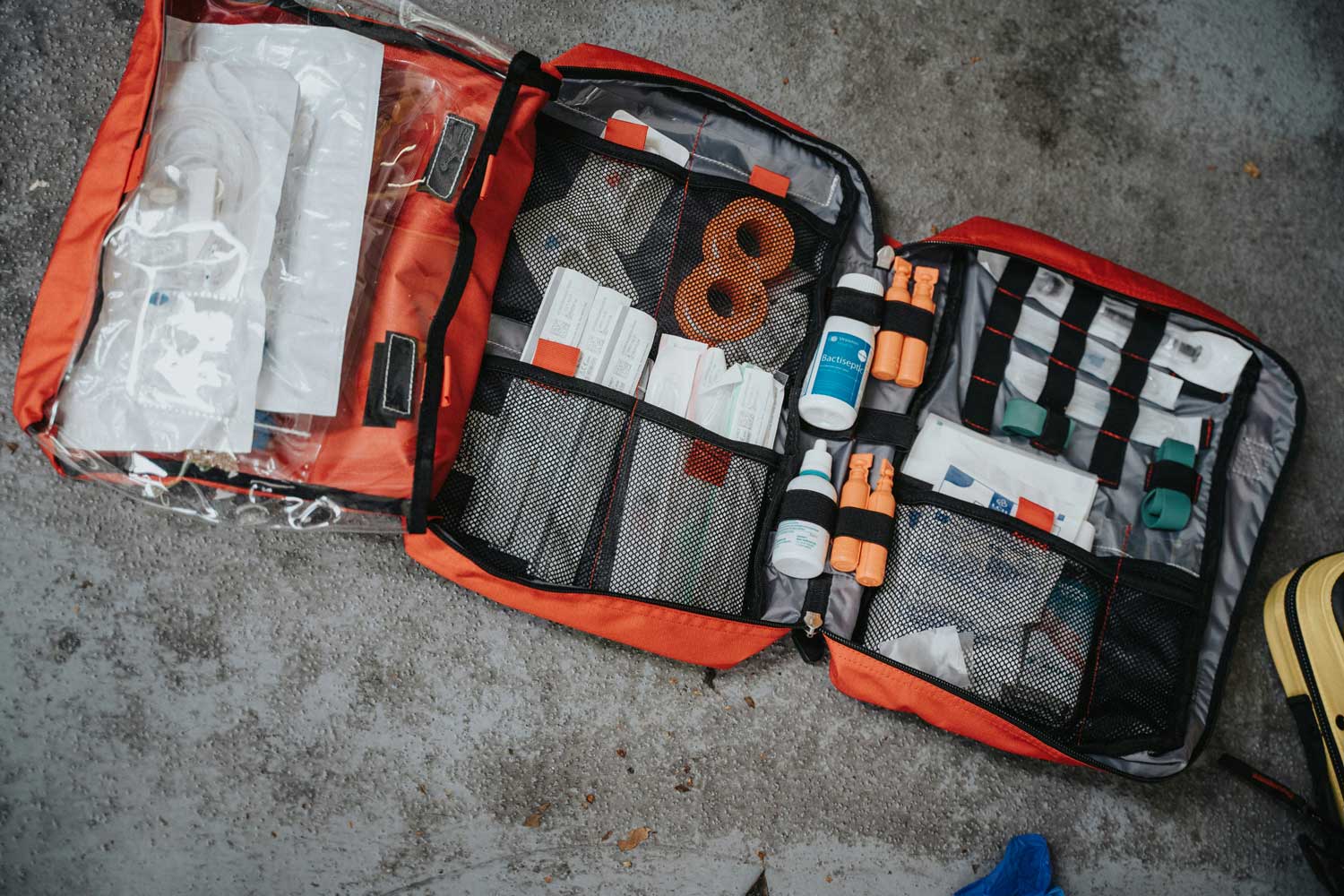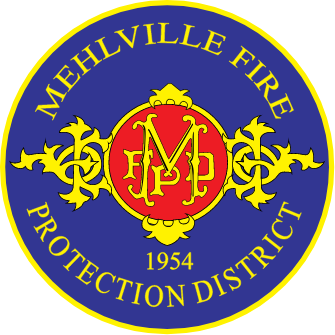National Preparedness Month: A Comprehensive Guide to Get Ready for Anything
September is National Preparedness Month, an annual event that urges every American to take action and prepare for the unexpected. While the idea of emergency preparedness can seem daunting or a waste of time, it ensures you, your family, and even your community are ready when disaster strikes. This year’s theme, “Preparedness Starts at Home,” gets back to the essentials, focusing on four key actions we can all take to build a stronger, more resilient foundation.
The truth is, disaster preparedness is a shared responsibility. While first responders like Mehlville Fire Protection District and other government agencies work tirelessly to help, we may not be able to reach you immediately. This is why being self-sufficient in the critical hours and days following an event is so important. By engaging in thoughtful emergency planning now, you can reduce stress, save money, and, most importantly, protect what matters most.
1. Know Your Risk
The first and most fundamental step is to understand the potential risks in your area. Every community has its own unique hazards. For example, a resident in Florida might focus on hurricane preparedness, while someone in California would prioritize earthquake readiness. A family around the St. Louis area needs to be aware of tornadoes and severe thunderstorms.
Preparation is the key to success. By knowing your risk, you can tailor your entire disaster plan to the most probable threats, ensuring that your efforts are both relevant and effective. For instance, if you live in a flood-prone area, your plan should include information on what to do if you need to evacuate quickly, and your emergency kit should contain items specifically useful in a flood situation. This targeted approach is what makes your home preparedness truly effective.
2. Make a Family Emergency Plan
Once you know your risks, the next step is to make a plan. Making an emergency plan is not just about what to do during a disaster; it’s a proactive measure that saves time and money, and provides a sense of control.
Disasters are costly, both financially and emotionally, but preparing for them doesn’t have to be. Many of the most important steps can be taken at little to no cost. For example, simply talking with your family and practicing what to do in different scenarios is an invaluable exercise. Setting up a text-based communication chain or designating an out-of-town contact person are free ways to ensure you can connect with loved ones if local phone lines are down. Taking the time to prepare now can save you thousands of dollars in the future and give you priceless peace of mind.
3. Build an Emergency Supply Kit
 A well-stocked emergency kit is your lifeline when you are on your own. It provides the essential food, water, and medicine you need to stay safe and comfortable until help arrives. It’s also a critical tool for preventing injury and damage to your home, as it contains supplies like a flashlight, first-aid items, and a multi-tool.
A well-stocked emergency kit is your lifeline when you are on your own. It provides the essential food, water, and medicine you need to stay safe and comfortable until help arrives. It’s also a critical tool for preventing injury and damage to your home, as it contains supplies like a flashlight, first-aid items, and a multi-tool.
A great way to approach this is to assemble a “go-bag.” This is a portable kit with all the essentials you might need for a quick evacuation. Building a go-bag means you don’t have to scramble when every second counts. Your kit should be easily accessible and contain enough supplies for each member of your family, including pets, for at least three days. When learning how to build an emergency kit, some of the key items include:
- Food and Water: A three-day supply of non-perishable food and one gallon of water per person per day.
- Medical Supplies: Prescription medicines, a first-aid kit, and a list of medical conditions and allergies.
- Personal Items: A flashlight, extra batteries, a battery-powered radio, and a whistle.
- Important Documents: Copies of legal documents, insurance policies, and identification in a waterproof bag.
- Cash: Have small bills and coins on hand.
- Sanitation: Personal hygiene items, sanitation wipes, and garbage bags.
4. Get Involved in Your Community
While home preparedness is vital, true resilience is built at the community level. Emergencies can happen fast, and local first responders may not be able to get to you right away. By getting involved, you can be the help your neighbors need. You can take immediate actions to save a life, like taking a simple first aid or CPR class. These skills can be learned through organizations like the American Red Cross and can be the difference between life and death.
For those who want to be even more involved, you could join a Community Emergency Response Team (CERT) program. CERT volunteers are trained in basic disaster response skills, including fire safety, light search and rescue, team organization, and disaster medical operations. You can also take free online independent study courses through FEMA’s Emergency Management Institute to further your knowledge and skills.
Being prepared is more than just having a kit in your closet; it’s a mindset of readiness and a commitment to helping others. This National Preparedness Month, take these four steps and make a tangible difference in your own safety and the safety of your community. If anything happens, you can call on the team at Mehlville Fire Protection District to assist you in your time of need. Otherwise, take it easy and stay safe this month and every month after.

